How Powerful Are Binoculars ?
The power of binoculars is determined by their magnification and objective lens diameter. The magnification determines how much closer the object appears compared to the naked eye, while the objective lens diameter determines how much light is gathered to provide a brighter image. Generally, binoculars with a magnification of 8x to 10x and an objective lens diameter of 30mm to 50mm are considered powerful enough for most outdoor activities such as bird watching, hiking, and hunting. However, for astronomy or long-distance viewing, binoculars with higher magnification and larger objective lens diameter may be required. It is important to note that the power of binoculars is not the only factor that determines their quality, as factors such as lens quality, coatings, and construction also play a significant role in their performance.
1、 Magnification and Objective Lens Size
Binoculars are a powerful tool for observing distant objects and are widely used in various fields such as astronomy, bird watching, hunting, and surveillance. The power of binoculars is determined by two factors: magnification and objective lens size.
Magnification refers to the degree to which the image is enlarged. The higher the magnification, the closer the object appears. However, high magnification can also result in a narrower field of view and reduced image brightness. Most binoculars have a magnification of between 8x and 12x, which is sufficient for most applications.
Objective lens size refers to the diameter of the front lens element. The larger the objective lens, the more light it can gather, resulting in a brighter image. However, larger objective lenses also mean heavier and bulkier binoculars. Most binoculars have objective lens sizes between 30mm and 50mm.
The latest point of view on binoculars is that advancements in technology have led to the development of more powerful and compact binoculars. For example, some binoculars now have image stabilization technology, which reduces image shake and allows for clearer viewing. Additionally, some binoculars have ED (extra-low dispersion) glass, which reduces chromatic aberration and produces sharper images.
In conclusion, the power of binoculars is determined by magnification and objective lens size. The ideal combination of these factors depends on the intended use of the binoculars. With advancements in technology, binoculars are becoming more powerful and compact, making them an even more useful tool for observing distant objects.
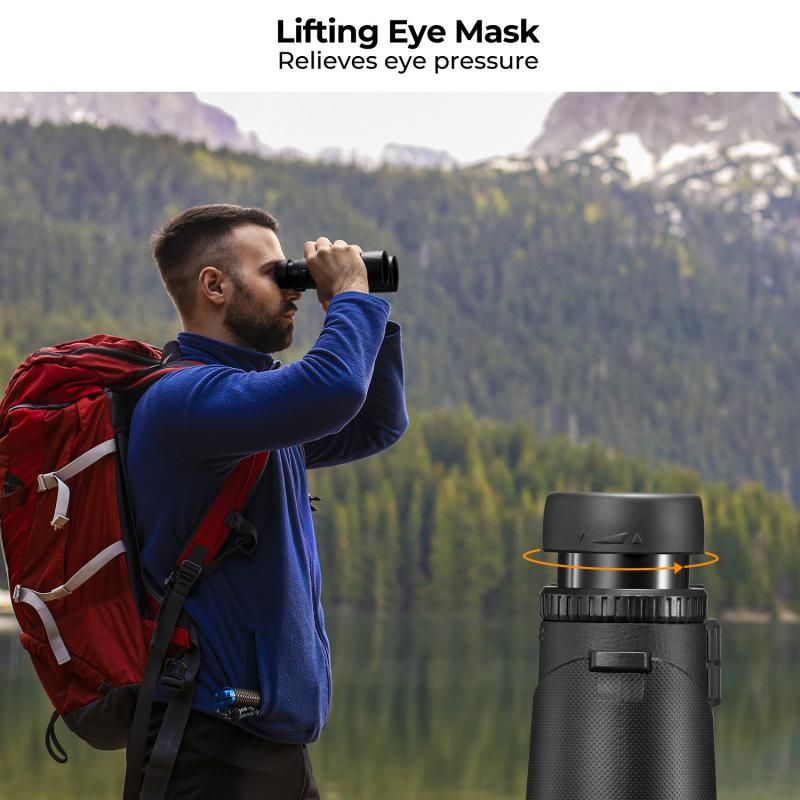
2、 Field of View
"How powerful are binoculars?" is a common question among those who are interested in purchasing a pair of binoculars. The answer to this question depends on several factors, including the magnification, objective lens size, and field of view.
The field of view is an important factor to consider when evaluating the power of binoculars. The field of view refers to the width of the area that can be seen through the binoculars at a given distance. A wider field of view means that more of the surrounding area can be seen, while a narrower field of view means that less of the surrounding area can be seen.
The latest point of view on the field of view is that it is an important factor to consider when choosing binoculars. A wider field of view can be particularly useful for birdwatching, wildlife observation, and other outdoor activities where it is important to be able to see a large area at once. However, a wider field of view can also result in a decrease in image quality, particularly at the edges of the image.
In general, binoculars with a higher magnification and larger objective lens size will have a narrower field of view. However, advances in technology have allowed for the development of binoculars with wider fields of view without sacrificing image quality.
In conclusion, the power of binoculars is determined by several factors, including the magnification, objective lens size, and field of view. The field of view is an important factor to consider when choosing binoculars, as it can impact the amount of surrounding area that can be seen and the quality of the image. Advances in technology have allowed for the development of binoculars with wider fields of view without sacrificing image quality.
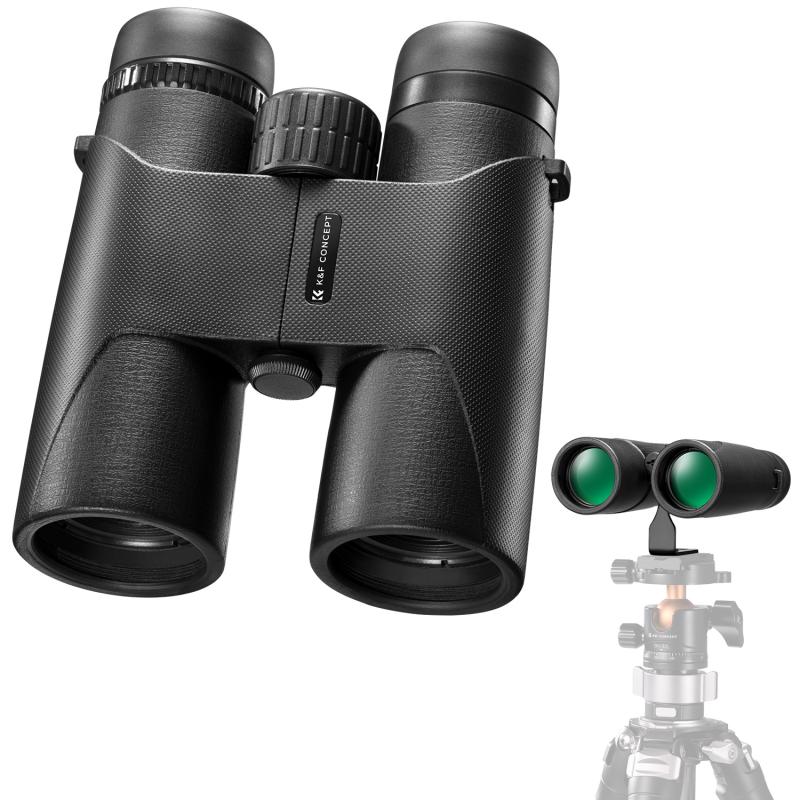
3、 Exit Pupil and Eye Relief
Binoculars are a powerful tool for observing distant objects and wildlife. The power of binoculars is determined by their magnification and objective lens diameter. The magnification of binoculars is the number of times closer an object appears compared to the naked eye. The objective lens diameter is the size of the front lens element, which determines the amount of light that enters the binoculars.
However, two other important factors that determine the power of binoculars are Exit Pupil and Eye Relief. Exit Pupil is the size of the beam of light that exits the eyepiece of the binoculars. It is calculated by dividing the objective lens diameter by the magnification. The larger the Exit Pupil, the brighter the image will appear, especially in low light conditions. Eye Relief is the distance between the eyepiece and the user's eye. It is important for people who wear glasses or have a limited range of motion in their eyes. A longer Eye Relief allows for a more comfortable viewing experience.
In recent years, advancements in technology have led to the development of more powerful binoculars. Some of the latest models have magnifications of up to 25x and objective lens diameters of 80mm or more. These binoculars are ideal for long-range observation and astronomy. However, it is important to note that higher magnifications can also lead to a narrower field of view and a shakier image, especially without a tripod.
In conclusion, the power of binoculars is determined by their magnification, objective lens diameter, Exit Pupil, and Eye Relief. The latest advancements in technology have led to the development of more powerful binoculars, but it is important to consider the trade-offs between magnification and image stability.
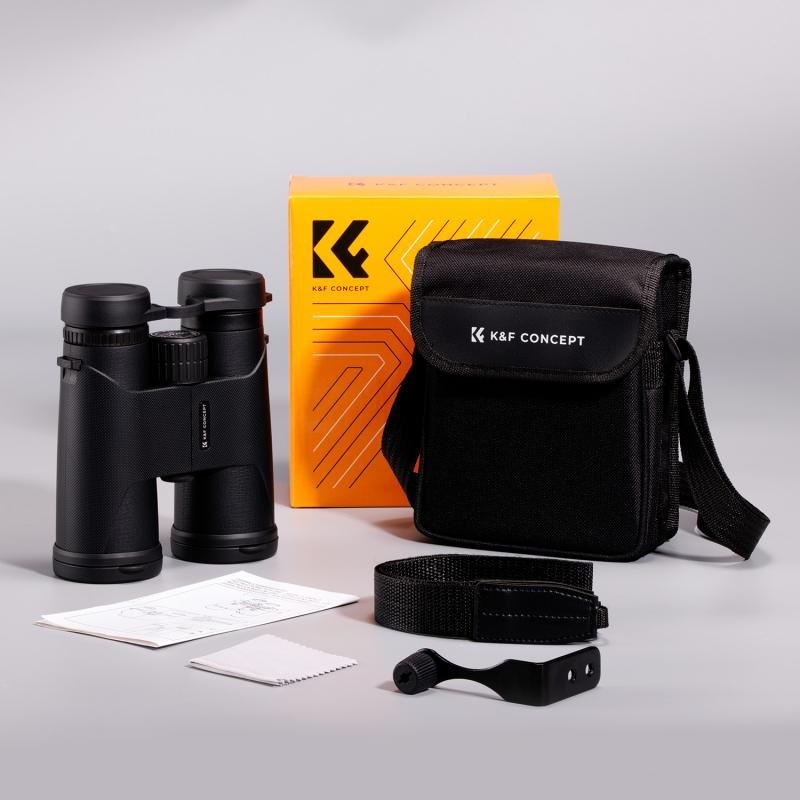
4、 Prism Type
How powerful binoculars are depends on several factors, including the prism type used in their construction. Binoculars use prisms to correct the orientation of the image and magnify it for the viewer. There are two main types of prisms used in binoculars: roof prisms and Porro prisms.
Roof prisms are more compact and lightweight than Porro prisms, making them popular for use in high-end binoculars. They also offer better image quality and are more durable. However, they are more expensive to manufacture, which makes them less common in entry-level binoculars.
Porro prisms, on the other hand, are less expensive to manufacture and offer a wider field of view than roof prisms. They are also easier to repair if damaged. However, they are bulkier and heavier than roof prisms, which can make them less comfortable to use for extended periods.
In terms of power, binoculars can range from 6x to 20x magnification. The higher the magnification, the more powerful the binoculars are. However, higher magnification also means a narrower field of view and a shakier image, which can make it difficult to use the binoculars without a tripod or other stabilizing device.
Overall, the prism type used in binoculars is just one factor to consider when evaluating their power and performance. Other factors, such as lens quality, coating, and construction, also play a significant role in determining how powerful and effective a pair of binoculars will be.


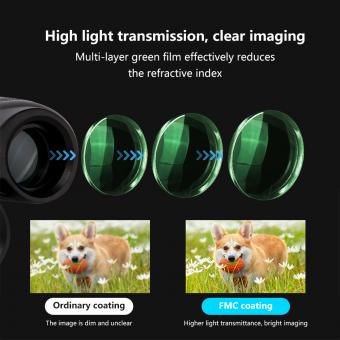

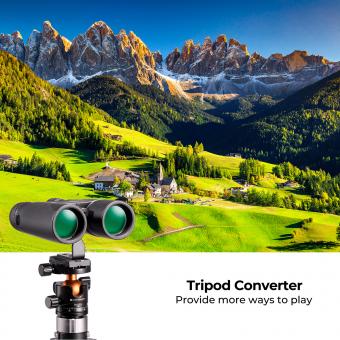
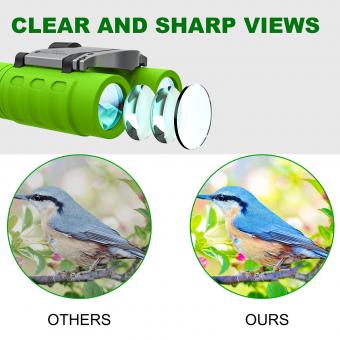
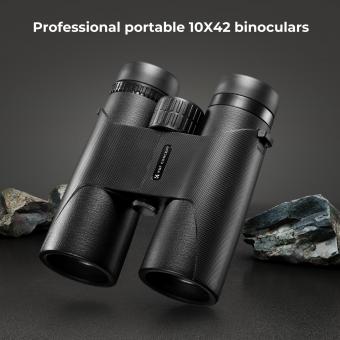

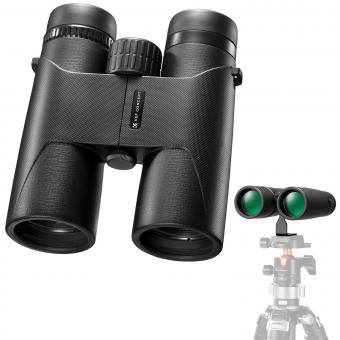








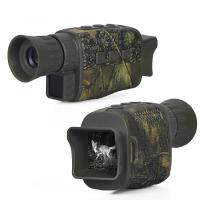
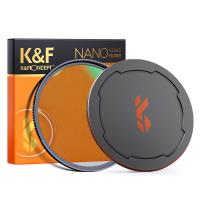

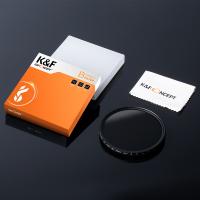

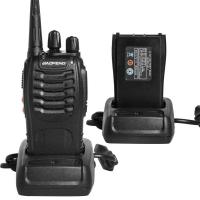






There are no comments for this blog.